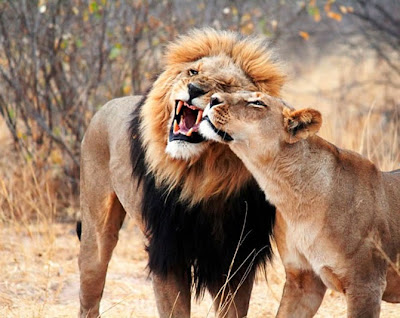Cape Town is unique in so many ways, but perhaps none more so than the diversity of world class wine routes right on the doorstep.
The Constantia Valley is the closest wine route to the city, and no more than 20 minutes away. This region is home to both the country’s oldest established wine farms and some of the newest. Constantia wines are largely cool climate offerings, so look out for world class Sauvignon Blancs, wonderful reds and infamous sweet wine offerings.
Stellenbosch American Express® Wine Routes
The Stellenbosch Wine Route was the first wine region in South Africa to establish a wine route along an organised network of wineries. The route boasts almost 200 wine and grape producers and due to its vastness is divided into a number of sub regions…
Stellenbosch Berg
Stellenbosch Hills
Greater Simonsberg
Bottelary Hills
Helderberg (Somerset West)
The historic student town of Stellenbosch is the ideal place to start your exploration of this region and is not to be missed.
Helderberg Wine Route
The wineries that fall under the Helderberg Wine Route’s jurisdiction are all in and around the Somerset West area, a 30 minute drive from the city. Historic estates line up alongside cutting edge modern cellars, all producing a wonderful diverse array of wines. In recent times, it has acquired a reputation for producing impressive white wines, particularly Sauvignon Blanc and Chardonnay.
Durbanville Valley Wine Route
A short drive north of the city will quickly have you in the Durbanville Valley. Most of the wine estates here offer wonderful dining in addition to their fabulous wines and many with spectacular views back across the ocean towards Table Mountain.
Franschhoek Wine Route
The Franschhoek Valley is a spectacularly beautiful wine route. With many of the wine farms sharing a French Huguenot heritage, expect to find enormous French influence here and not surprisingly a Champagne-inspired sparkling win sub-route, the “Cap Classique Route”. The gorgeously quaint village of Franschhoek abounds with art galleries, antique shops, restaurants and boutique hotels.
Activities also on offer in the winelands
Activities also on offer in the winelands
Live performances, spas, birdwatching, brandy tasting, art galleries, cheese-making, fly-fishing, game drives, horse riding, olives, food and wine pairings
For more information please contact us at

























